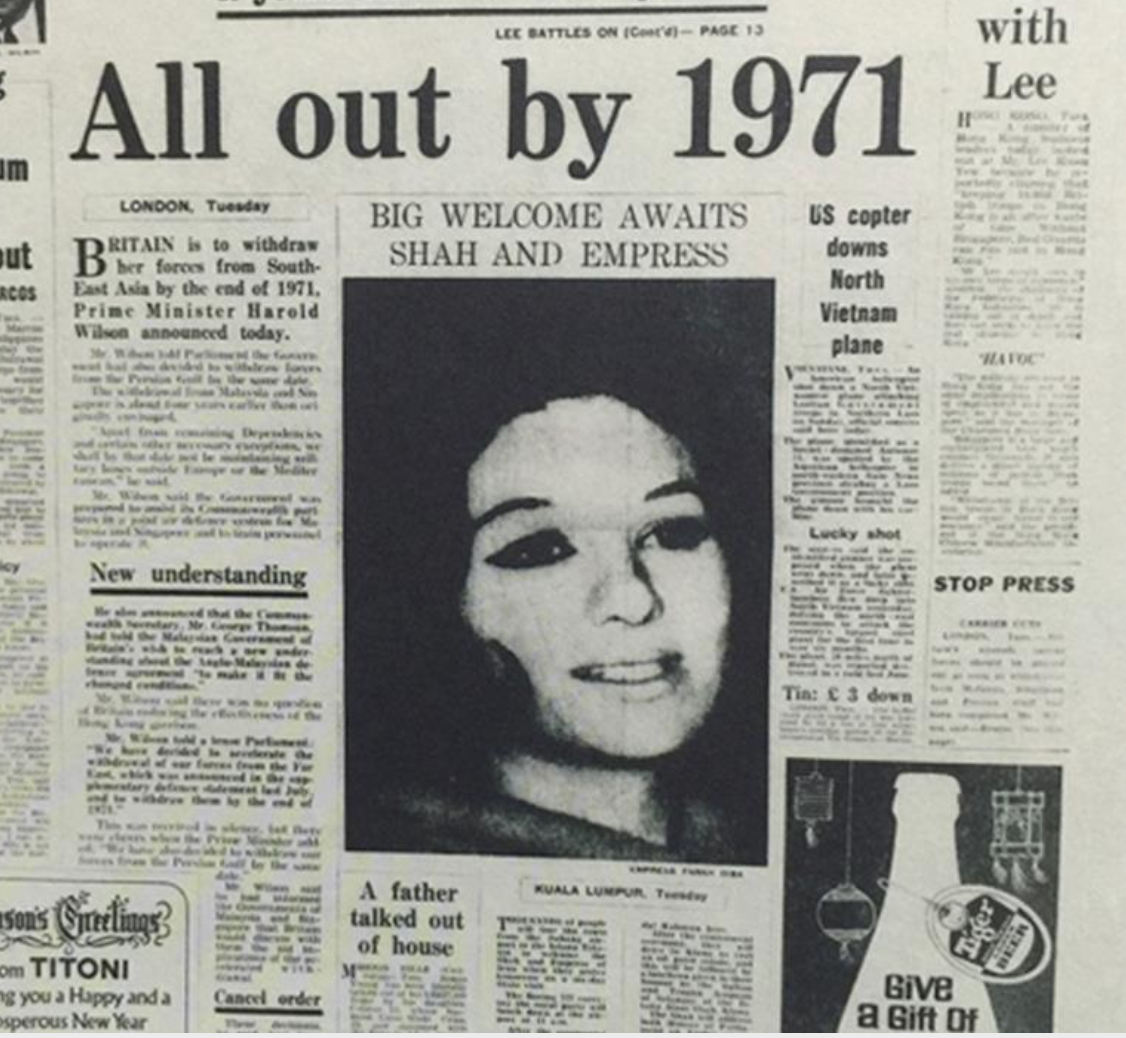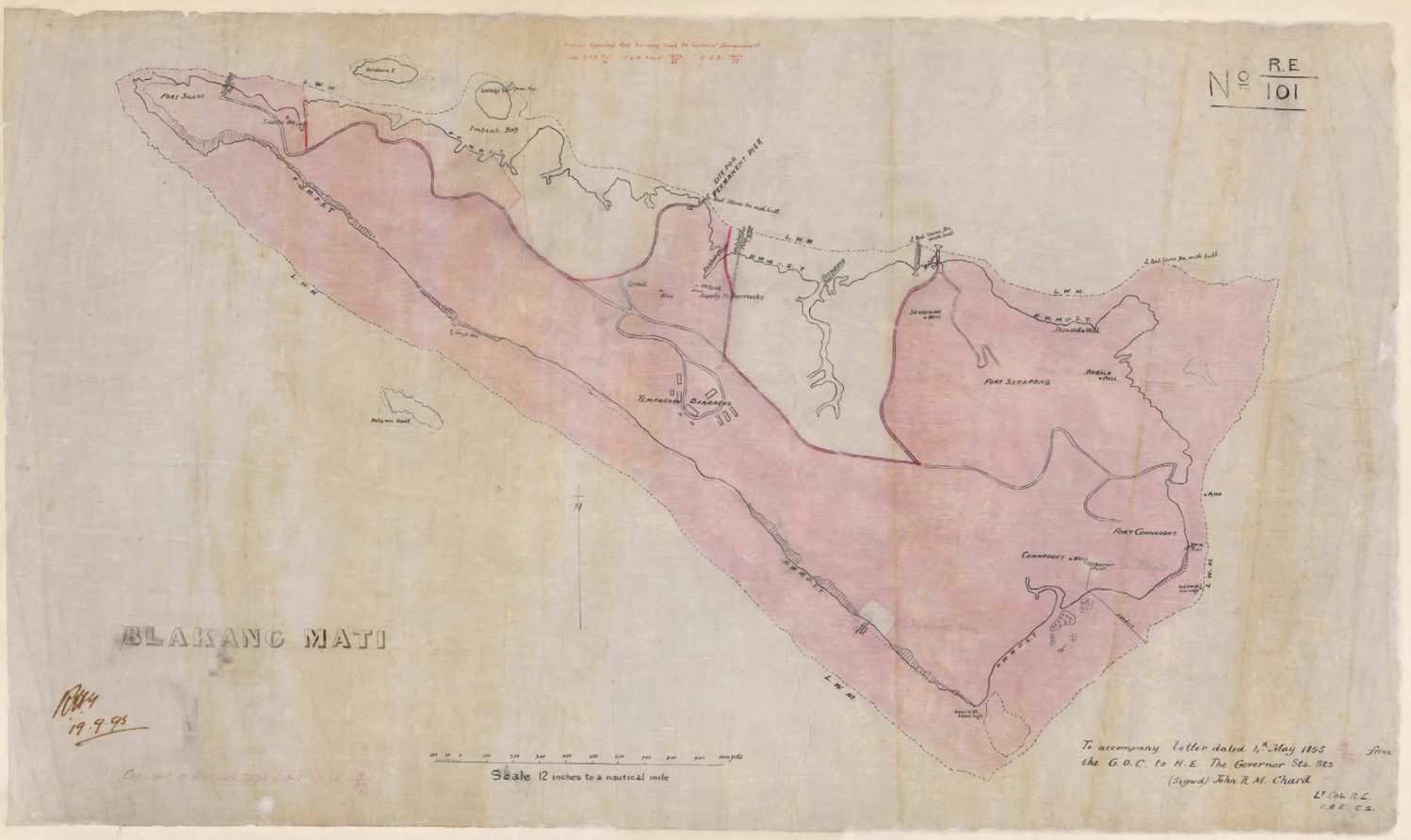British Military Withdrawal: From Crisis to Catalyst for Growth
Digging Deeper: Case Studies
British Military Withdrawal: From Crisis to Catalyst for Growth
2 minute read

In 1967, the British government released a White Paper announcing the withdrawal of its military forces in the Far East, including Singapore and Malaysia. The weakened British economy could no longer support the estimated £70 million a year in maintaining a military presence overseas.
The British withdrawal had significant impact on Singapore on several fronts.
The first was on the security of the country. Singapore had just started to build our defence force, but building a credible military force would take time.
In the shorter term, the withdrawal would impact Singapore’s fragile economy. The military accounted for about 20% of the economy and more than 30,000 jobs. The Singapore government estimated that the British military spent about S$450 million in 1966 alone.
When it became clear that the British had no intention of changing their mind, and in fact accelerated the withdrawal of the military from the mid-1970s to 1971, the Singapore government acted swiftly to deal with the challenge.
Converting Military Bases for Civilian Use
First, the Singapore government formed the Bases Economic Conversion Department (BECD), which would manage the handover of the bases from the British to Singapore.
Led by Hon Sui Sen, the first chairman of the Economic Development Board, the BECD focused on converting the military bases, which occupied some 15,000 acres (11% of Singapore’s land) for commercial use.
For example, the naval dockyard at Sembawang was converted into a commercial shipyard, while Changi airbase became a recreational resort and later an international airport. Blakang Mati (today’s Sentosa) was also turned into a tourist destination. These key infrastructural changes were important in the development of the various sectors later on, such as ship building, tourism, and manufacturing.
 (Image: Map of Blakang Mati dated 1895. Up to the 1960s, it was part of a British military base, sparsely populated by barracks and a few kampongs; NAS)
(Image: Map of Blakang Mati dated 1895. Up to the 1960s, it was part of a British military base, sparsely populated by barracks and a few kampongs; NAS)
Retraining Workers
The BECD was also responsible for retraining workers. With support from the British, the BECD trained retrenched workers and built up technical skills and help them move into commercial sectors, such as shipyards and manufacturing.
Through sheer will and adaptability, Singapore managed to turn its first crisis into a major catalyst for growth.
As historian Loh Kah Seng noted in 2011, “the accelerated British withdrawal was not only the final chapter of decolonisation in Singapore, but also the first step in the independent city-state’s growth”.

